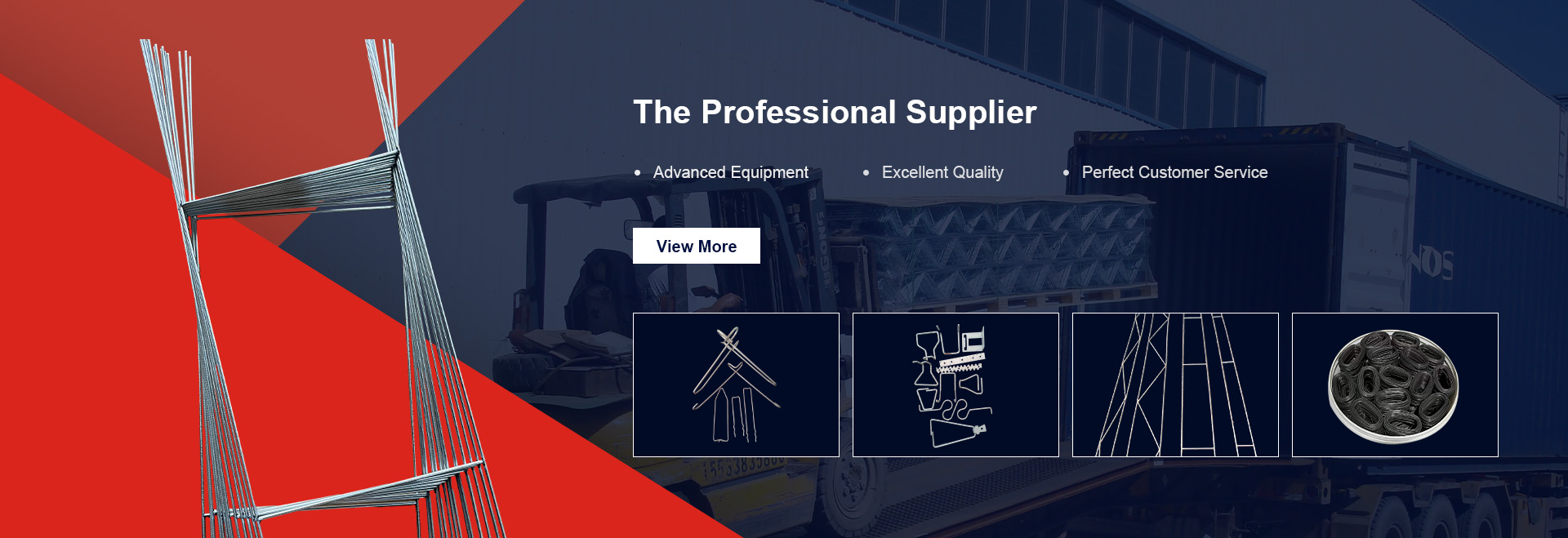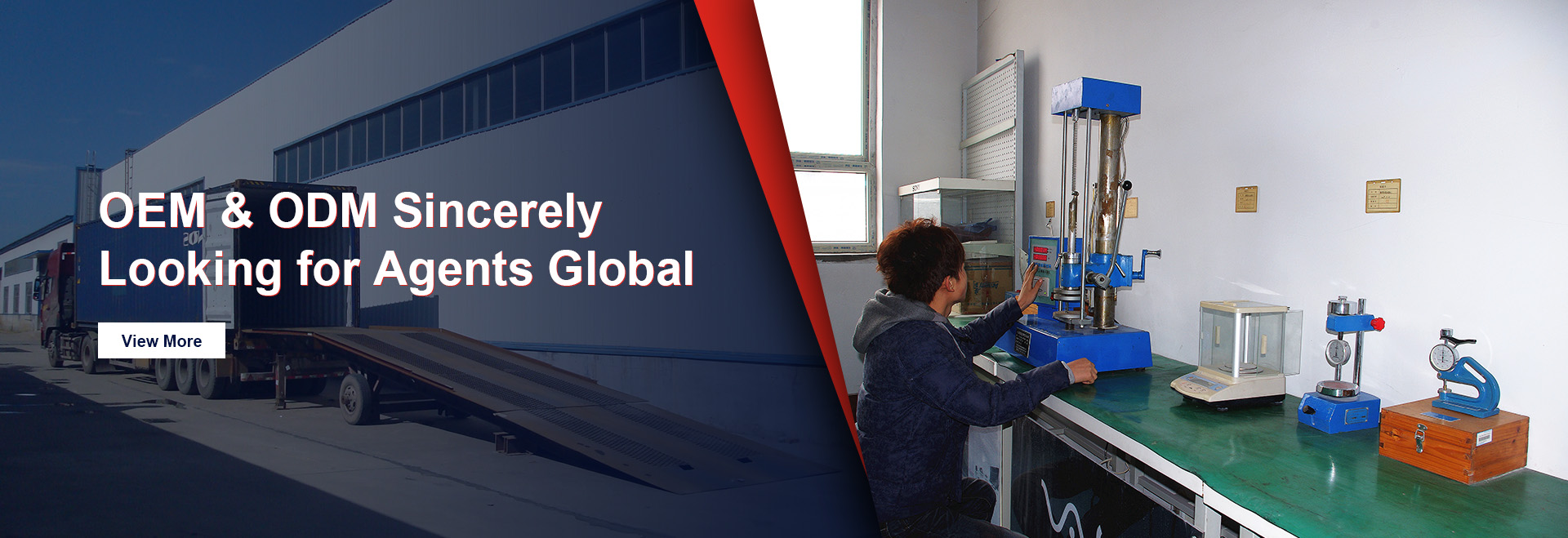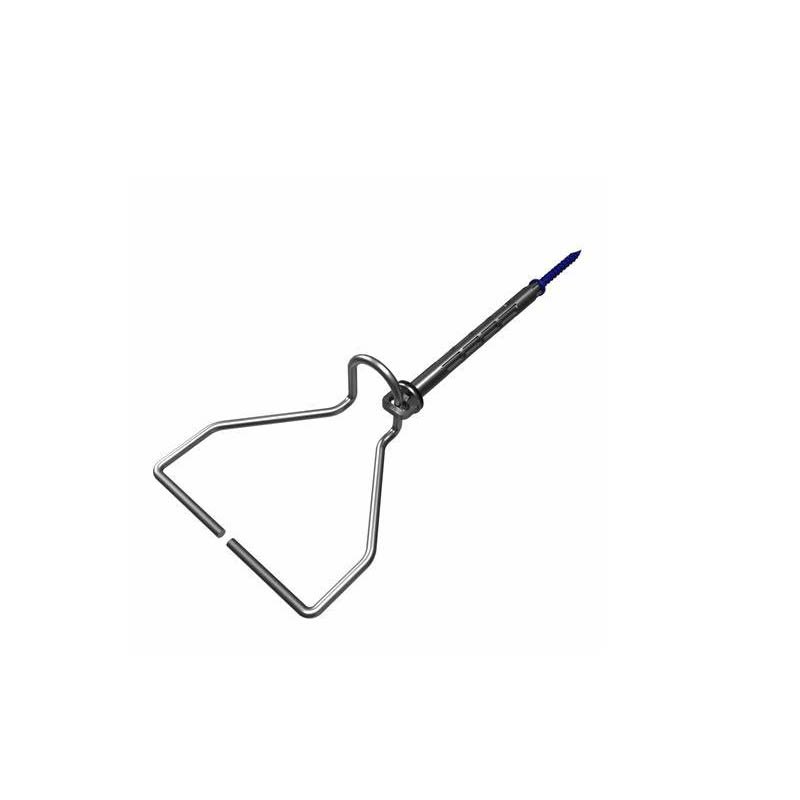Fasteners
Why Are Fasteners Used?
Fasteners are essential components in various industries, playing a crucial role in the assembly and construction of products and structures. From the simplest household items to complex machinery, fasteners are ubiquitous, yet their significance is often overlooked. This article delves into why fasteners are used, highlighting their importance in ensuring safety, stability, and functionality.
Fasteners are hardware devices that mechanically join or secure two or more objects together. They come in various forms, including screws, bolts, nuts, washers, rivets, and clips. Each type of fastener serves a specific purpose and is designed to meet particular requirements based on the materials being joined and the conditions they will face.Structural Integrity: One of the primary reasons fasteners are used is to provide structural integrity. In construction, for example, fasteners hold together beams, trusses, and other components, ensuring that buildings can withstand loads and resist environmental forces such as wind and earthquakes. Without reliable fasteners, structures would be prone to failure, leading to potential hazards.
Ease of Assembly and Disassembly: Fasteners allow for easy assembly and disassembly of components. This is particularly important in manufacturing and repair processes. For instance, in the automotive industry, vehicles are designed to be assembled and disassembled efficiently, enabling repairs and part replacements without extensive downtime. Fasteners facilitate this process, making it easier to maintain and service products.Versatility: Fasteners are incredibly versatile, available in various materials, sizes, and designs to suit different applications. Whether it’s a lightweight plastic fastener for electronics or a heavy-duty steel bolt for construction, there is a fastener designed for every need. This versatility allows engineers and designers to select the most appropriate fastener for their specific application, ensuring optimal performance.
Load Distribution: Fasteners help distribute loads evenly across the materials they connect. This is particularly important in applications where weight and stress are significant factors. For example, in bridges and large structures, fasteners are strategically placed to ensure that the weight is evenly distributed, preventing localized stress that could lead to failure.Safety: Safety is a paramount concern in any application involving fasteners. Properly installed fasteners ensure that components remain securely attached, reducing the risk of accidents and injuries. In industries such as aerospace and automotive, where safety is critical, the reliability of fasteners is non-negotiable. Engineers conduct rigorous testing to ensure that fasteners can withstand extreme conditions and loads.
Cost-Effectiveness: Fasteners are generally cost-effective solutions for joining materials. They are relatively inexpensive compared to other joining methods, such as welding or adhesives. This cost-effectiveness makes them a preferred choice in many industries, allowing manufacturers to keep production costs low while maintaining quality and safety.Aesthetic Considerations: In addition to their functional roles, fasteners can also contribute to the aesthetic appeal of a product. Designers often choose fasteners that complement the overall look of an item, whether it’s a piece of furniture or a consumer electronic device. The right fastener can enhance the visual appeal while still providing the necessary strength and stability.
Fasteners are indispensable in modern manufacturing, construction, and repair processes. Their ability to provide structural integrity, ease of assembly, versatility, load distribution, safety, cost-effectiveness, and aesthetic appeal makes them a vital component in countless applications. Understanding the importance of fasteners helps us appreciate the intricate details that contribute to the functionality and safety of the products and structures we rely on every day. As technology advances, the development of new fastener designs and materials will continue to enhance their effectiveness and broaden their applications, ensuring they remain a cornerstone of engineering and construction for years to come.
What Are Example Fasteners?
Fasteners are essential components in various industries, serving as the backbone of construction, manufacturing, and assembly processes. They are used to join two or more objects together, providing stability and strength to structures and products. In this article, we will explore what fasteners are and provide examples of different types commonly used in various applications.
Fasteners are mechanical devices that hold objects together. They can be permanent or temporary, depending on the application. Permanent fasteners, such as welds and rivets, create a lasting bond between materials, while temporary fasteners, like screws and bolts, allow for disassembly and reassembly. Fasteners come in various shapes, sizes, and materials, making them versatile for different uses.
Examples of Fasteners
Screws: Screws are one of the most common types of fasteners. They consist of a cylindrical shaft with a helical ridge, known as a thread, that allows them to be driven into materials. Screws can be made from various materials, including steel, stainless steel, and plastic. They are widely used in woodworking, metalworking, and construction. Examples include wood screws, machine screws, and self-tapping screws.
Bolts: Bolts are similar to screws but are typically used with a nut to secure two or more components together. They have a flat end and are often used in heavy-duty applications, such as construction and machinery assembly. Common types of bolts include hex bolts, carriage bolts, and anchor bolts.
Nuts: Nuts are hexagonal or square-shaped fasteners that are used in conjunction with bolts. They have internal threads that allow them to be screwed onto a bolt, creating a secure connection. There are various types of nuts, including hex nuts, lock nuts, and wing nuts, each designed for specific applications.
Washers: Washers are flat discs that are used in conjunction with screws and bolts to distribute the load and prevent damage to the surface of the material being fastened. They can also help prevent loosening due to vibration. Common types of washers include flat washers, spring washers, and lock washers.
Rivets: Rivets are permanent fasteners that are used to join two or more materials together. They consist of a smooth cylindrical shaft with a head on one end. The other end is deformed to create a second head, securing the materials in place. Rivets are commonly used in aircraft, bridges, and structural applications.
Anchors: Anchors are specialized fasteners used to secure objects to concrete or masonry. They provide a strong hold and are essential for applications such as hanging shelves, installing fixtures, or securing heavy equipment. Examples include expansion anchors, sleeve anchors, and concrete screws.
Clips and Clamps: Clips and clamps are used to hold objects together without penetrating the materials. They are often used in applications where a temporary hold is needed or where drilling holes is not feasible. Examples include hose clamps, paper clips, and retaining clips.
Fasteners play a crucial role in the integrity and functionality of countless products and structures. Understanding the different types of fasteners and their applications is essential for anyone involved in construction, manufacturing, or DIY projects. From screws and bolts to rivets and anchors, each type of fastener serves a unique purpose, ensuring that components remain securely joined together. As technology advances, the design and materials used in fasteners continue to evolve, providing even more options for engineers and builders alike. Whether you are a professional or a hobbyist, having a solid grasp of fasteners will enhance your ability to create and assemble effectively.
























